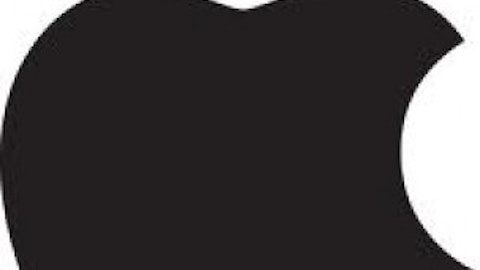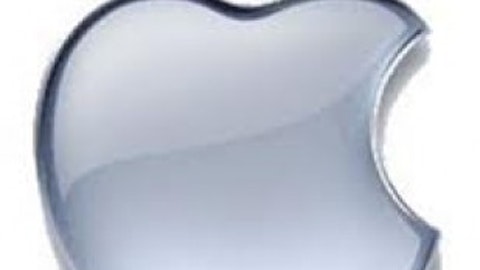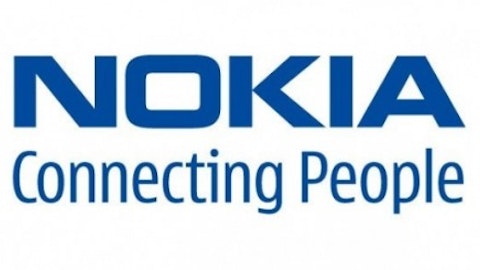The recent earnings call confirmed that the iPhone 5 sales figures are not as impressive in terms of growth as the previous models.
Now, try to visualize the iPhone 5 in your mind and then brainstorm some possible reasons for the poor sales performance. Some examples given by users and collected from various websites include:
1. It is a good product but not a killer product.
2. Demand for the iPhone 4S remains stronger than expected, especially in emerging economies.
3. Price sensitivity in emerging economies.
4. Market saturation.
5. Increased high quality competition.
The first reason is, perhaps, the most controversial one. What is important, though, is to notice that the remaining four reasons fall into the same category: Android and market share worries, specifically in emerging economies. I believe this is the most important issue Apple Inc. (NASDAQ:AAPL) faces in the short-term and the reason why many investors are still bearish on the stock.
Everybody is targeting emerging markets aggressively, except Apple. Let me give you some examples: it is common knowledge that China is Android territory. Android handsets are approximately two-thirds cheaper, while an iPhone’s average price is 4523 yuan ($725.25, or about 9% of the PPP GDP per capita), the average price of an Android handset is just 1393 yuan ($223.36, 2.5%).
Nokia Corporation (ADR) (NYSE:NOK) is also trying to join the party. It recently launched two budget smartphones in India. The Asha 501 handset has a suggested retail price tag of just $99. Furthermore, the positive effects of addressing emerging markets properly are already showing in the stock price movements. A long time ago, Nokia was a dominant supplier of handsets. However, it missed out on the smartphone revolution. This caused the stock price to decrease from $35 per share in the beginning of 2008 to $3.20 per share by mid 2012.
Luckily for Nokia, its historical strength in emerging markets never disappeared. So, when it decided to enter into a business partnership with Microsoft Corporation (NASDAQ:MSFT) to make smartphones based on the Windows Phone OS, it also decided to market its new cheap smartphone devices aggressively in emerging economies. This helped Nokia add some revenue. As a consequence, stock price in the past year has increased 31%.
How about Samsung ? Samsung’s strategy involves releasing dozens of phone models per year, including many which are specifically targeted at the low end smartphone market. At the same time, it keeps excellent relations with most mobile carriers in the world. This helps Samsung make its devices very affordable, not only in terms of device price, but also in terms of monthly payments and plans.
I’m not suggesting that Apple tries to copy either Nokia or Apple’s market strategy in emerging markets. Apple is different and should design its own strategy. But, for example, I think that releasing two devices per year wouldn’t hurt Apple’s brand and at the same time, could have a positive effect on revenue growth: one of them being the flagship iPhone and the other a sort of “iPhone mini,” a budget device in the $200-$300 price band.
There is no such strategy. I have not heard of any official new budget device announcement. This is the main reason why, despite being an Apple fan and despite having a much higher fair price estimate for the stock, I am neutral. And like many other investors, the launch of a lower priced phone in Asia would cause me to consider this stock a buy and become long.
Adrian Campos has no position in any stocks mentioned. The Motley Fool recommends Apple. The Motley Fool owns shares of Apple.
The article Apple Is Not Another Computer Company: Part 3 originally appeared on Fool.com.
Copyright © 1995 – 2013 The Motley Fool, LLC. All rights reserved. The Motley Fool has a disclosure policy.




